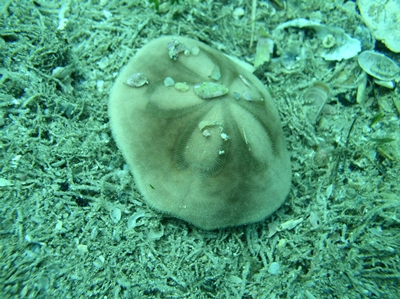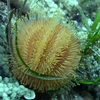General Description
The spines are very short and may be various shades of brown. Shape may vary from very flat to quite high and dome-shaped. Test diameter up to 14 cm.
Biology
This species extracts edible matter for its diet from the sand in which it buries. Deeper water specimens are much more fragile than shallower water ones from more northern areas. They are uncommon in Victoria, and usually encountered off far eastern waters of the state at depth of 40m.
Habitat
Buried beneath a thin layer of sand, to depths greater than 160 m.
Soft substrates
Coastal shores
Distribution guide
South-west Pacific and eastern Australia.
Species Group
Depth
Shore (0-1 m)
Shallow (1-30 m)
Deep ( > 30 m)
Water Column
Max Size
14 cm
Diet
Plankton or Particles
Harmful
Spines can puncture skin. Venom status unknown.
Commercial Species
No
Global Dispersal
Recorded in Australia
Species Code
MoV 3844
Identify
Conservation Status
- DSE Advisory List : Not listed
- EPBC Act 1999 : Not listed
- IUCN Red List : Not listed








